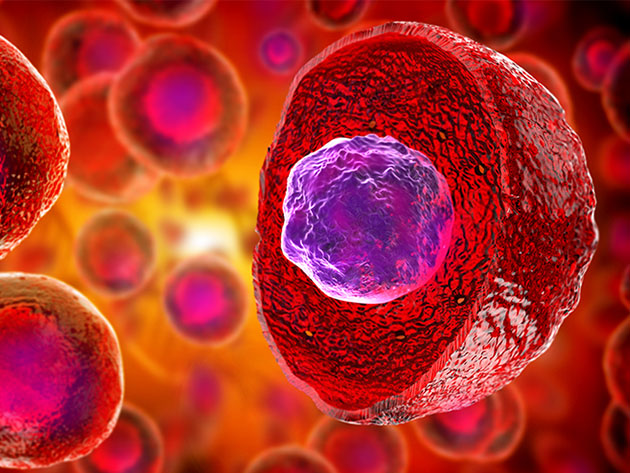Introduction to Anatomy & Physiology Bundle
8 Courses & 1.36 Hours
Sold Out
Deal Price$29.99
Suggested Price
$320.00
You save 90%
What's Included
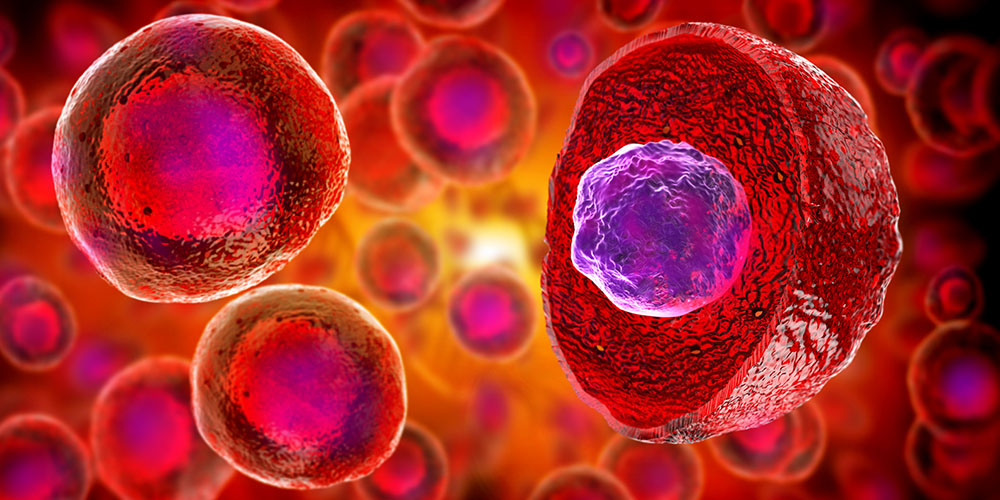
$40.00 Value
Anatomy & Physiology of the Human Cell
CTE
1 Lesson (0.17h)
Lifetime
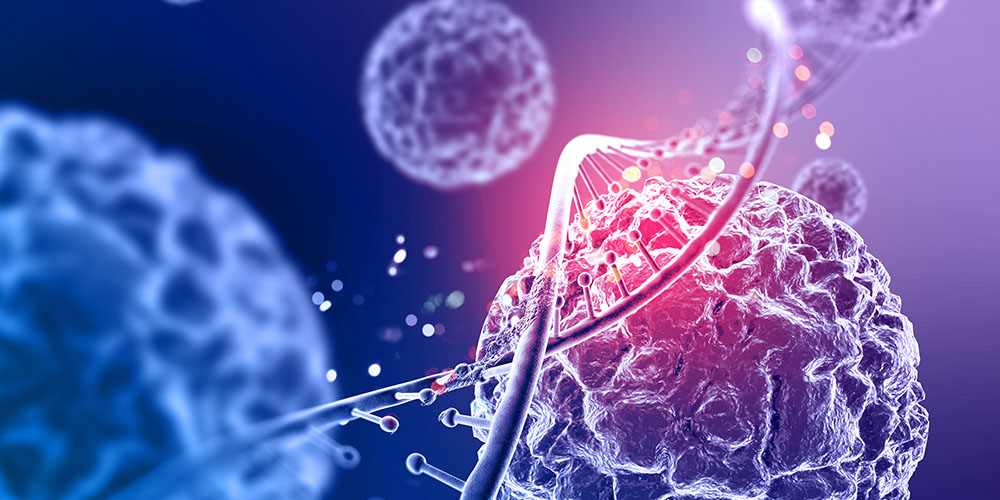
$40.00 Value
Introduction to the Human Cell
CTE
1 Lesson (0.17h)
Lifetime
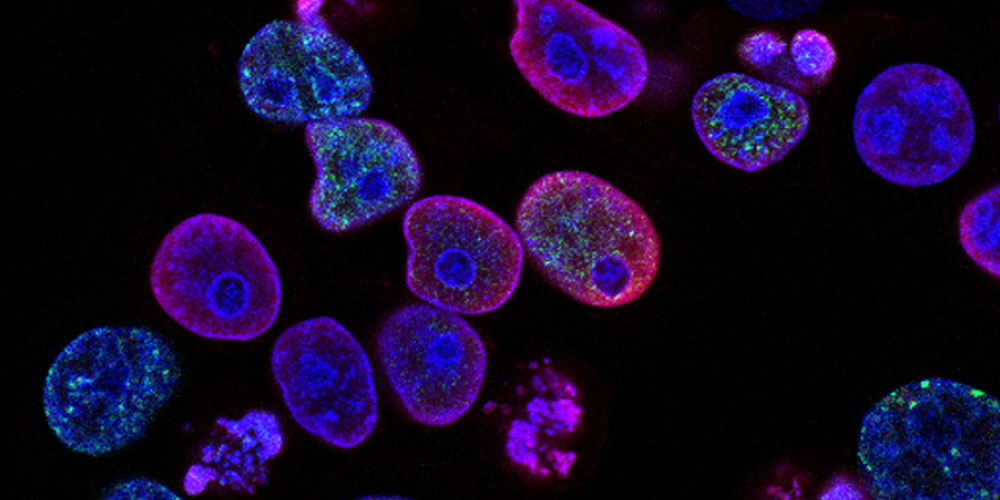
$40.00 Value
Mitosis: Cell Division
CTE
1 Lesson (0.17h)
Lifetime
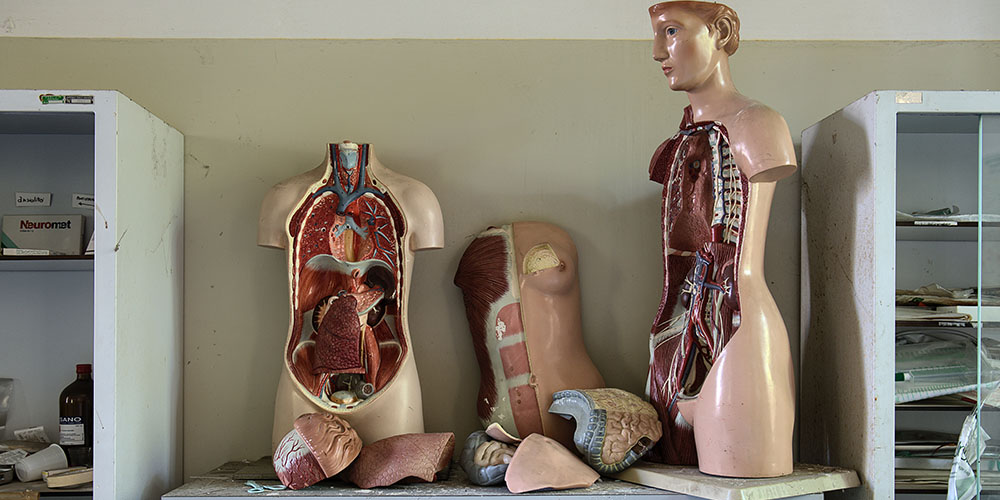
$40.00 Value
Mapping the Body, Part 1: Views, Planes & Directional Terms
CTE
1 Lesson (0.17h)
Lifetime
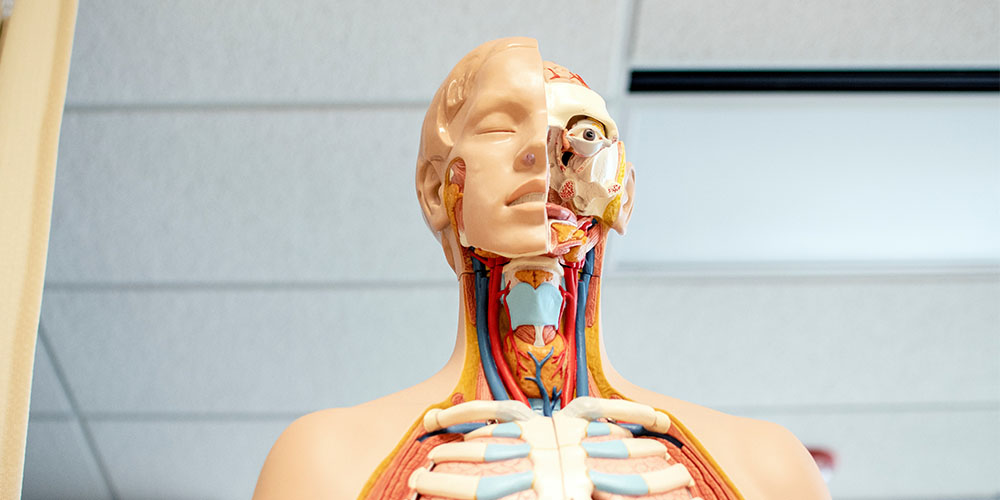
$40.00 Value
Mapping the Body, Part 2: Body Cavities, Quadrants & Regions
CTE
1 Lesson (0.17h)
Lifetime
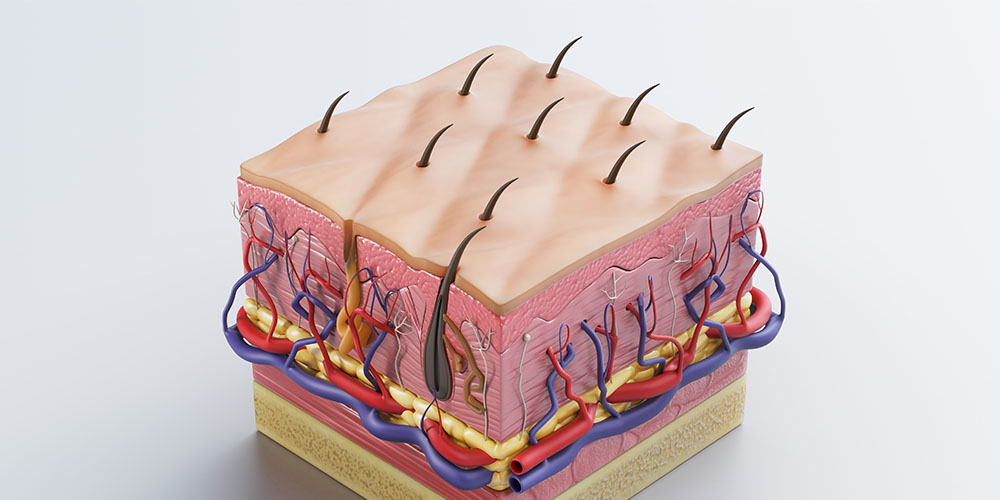
$40.00 Value
Integumentary System, Part 1: The Skin
CTE
1 Lesson (0.17h)
Lifetime
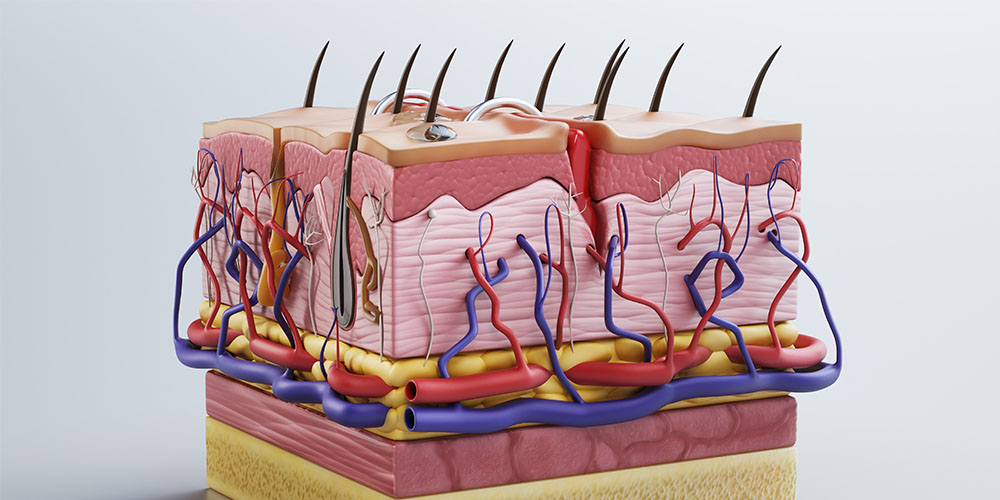
$40.00 Value
Integumentary System, Part 2: Main Functions
CTE
1 Lesson (0.17h)
Lifetime
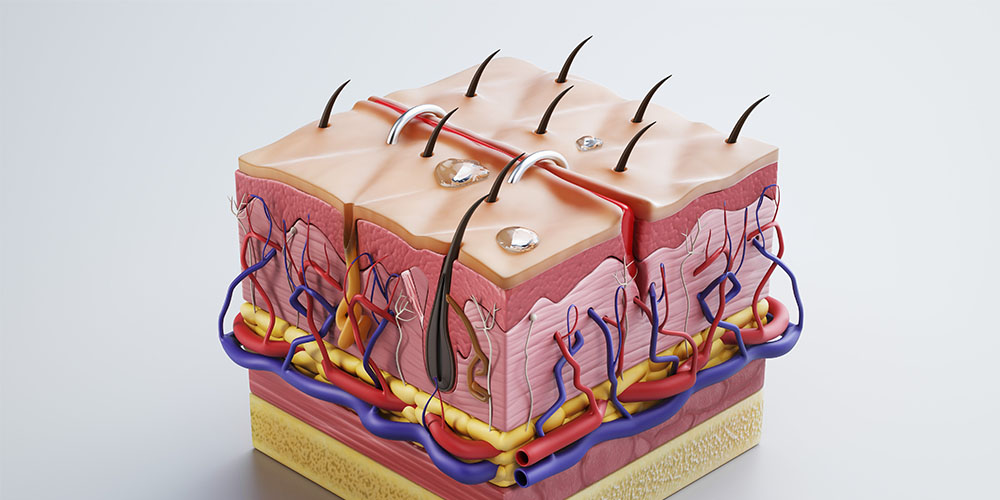
$40.00 Value
Integumentary System, Part 3: Diseases of the Skin
CTE
1 Lesson (0.17h)
Lifetime
Terms
- Unredeemed licenses can be returned for store credit within 30 days of purchase. Once your license is redeemed, all sales are final.
Your Cart
Your cart is empty. Continue Shopping!
Processing order...


